Published Research on Molecular Formulas
CODE formulas have gone through extensive evaluation, and many have undergone clinical studies. CODE Health has partnered with Beech Tree Labs and holds licensing to molecular formulas invented by Dr. John McMichael. CODE Health obtained these formulas to develop over-the-counter products safe for people and animals.
For those seriously interested in the scientific details of our products, please feel free to request the lengthy research that was conducted and required in order to obtain patents.
The following are just a few of the research articles that have been published:
RECOVER
Mathews, M., Bernstein, R. Myositis autoantibody inhibits histidyl-tRNA synthetase: a model for autoimmunity. Nature 304, 177–179 (1983). https://doi.org/10.1038/304177a0
Miller FW, Love LA, Barbieri SA, Balow JE, Plotz PH. Lymphocyte activation markers in idiopathic myositis: changes with disease activity and differences among clinical and autoantibody subgroups. Clin Exp Immunol. 1990 Sep;81(3):373-9. doi: 10.1111/j.1365-2249.1990.tb05341.x. PMID: 2168821; PMCID: PMC1534997.
BREATHE
Stephen Mamber, John McMichael, 2006. Microdose DNA for the Treatment of Acute and Chronic Respiratory Diseases and Otitis Media. The Journal of the American Nutraceutical Association, Vol. 9, No. 1, 13-22. https://beechtreelabs.com/wpcontent/uploads/2022/07/Microdose_DNA_for_the_treatment.pdf McMichael.
RESILIENCE
Visit clinicaltrials.gov, the U.S. National Library of Medicine database of clinical studies conducted around the world. ClinicalTrials.gov identifier (NCT number): NCT04522830
Mamber SW, Hatch T, Miller CS, et al., 2022. Low-dose Oral Thimerosal for the Treatment of Oral Herpes: Clinical Trial Results and Improved Outcome After Post-hoc Analysis of Evidence-based Integrative Medicine. Jan-Dec; 27:2515690X221078004. DOI: 10.1177/2515690×221078004. PMID: 35142535; PMCID: PMC8841908.
Stephen W Mamber, Steven Krakowka, Jeffrey Osborn, Lloyd Saberski, Ryan G Rhodes, Albert E Dahlberg, Sunthorn Pond-Tor, Kara Fitzgerald, Neal Wright, Sarah Beseme, John McMichael, 2020. Can Unconventional Immunomodulatory Agents Help Alleviate COVID-19 Symptoms and Severity? May 13; 5(3):e00288-20. doi: 10.1128/mSphere.00288-2
REACT
Sue C. Killian, MS, with John McMichael, PhD. Indianapolis: Xlibris, 2017. Allergy and Cross-Reactivity. (book).
Sue Killian and John McMichael.2015. Allergy Induced Back Pain: A Report of Two Cases of Allergy Disorders and Therapy, Vol. 2, Issue 1, 1-4.
CALM
John E. McGeary, Volkan Gurel, Valerie S. Knopik, JamesSpaulding, JohnMcMichael, 2011. Effects of nerve growth factor (NGF), fluoxetine, and amitriptyline on gene expression profiles in rat brain. Neuropeptides, 45(5): 317-22. doi:10.1016/j.npep.2011.06.002
David H. Overstreet, Kellie Fredericks, Darin Knapp, George Breese, John McMichael, 2010. Nerve growth factor (NGF) has novel antidepressant-like properties in rats. Pharmacol Biochem Behav. Feb; 94(4): 553–560. doi: 10.1016/j.pbb.2009.11.010
PROTECT
Bonnie Rush Moor, Steven Krakowka, Joseph M. Cummins, James T. Robertson, Changes in airway inflammatory cell populations in Standardbred racehorses after interferon-alpha administration. Veterinary Immunology and Immunopathology, Volume 49, Issue 4, 1996, Pages 347-358, ISSN 0165-2427, https://doi.org/10.1016/0165-2427(95)05480-4. (https://www.sciencedirect.com/science/article/pii/0165242795054804)
Weiss, R & Cummins, Joseph & Richards, Alan. (1991). Low-dose orally administered alpha interferon treatment for feline leukemia virus infection. Journal of the American Veterinary Medical Association. 199. 1477-81.
Bennett, Alayne & Smith, David & Cummins, Martin & Jacoby, Peter & Cummins, Joseph & Beilharz, Manfred. (2013). Low-dose oral interferon alpha as prophylaxis against viral respiratory illness: A double-blind, parallel controlled trial during an influenza pandemic year. Influenza and other respiratory viruses. 7. 10.1111/irv.12094.
CODE Health Internal & Third Party Research
At CODE Health, we are embarking on a new area of scientific exploration. It is part of our mission to demonstrate that the CODE energized formulas work the exact same way as the molecular formulas they are based on. The following research has been conducted on CODE formulas:
Versea Health Cell-Based Study
Hemal H. Patel, PhD, Versea Health
CODE Health Product Research – Versea Cell Study. This cell-based study assessed the mitochondrial impact of three CODE Health formulas: BALANCE, CALM, and REACT. Key findings revealed that BALANCE increased mitochondrial energy production in muscle cells, CALM decreased mitochondrial activity in neuronal cells (potentially supporting stress reduction), and REACT reduced mitochondrial function in immune cells (indicating a possible anti-inflammatory effect). These results suggest the formulas modulate cellular bioenergetics to promote balance across different physiological systems.
CODE Health Research on CALM (Healthy Mind Formula) Using the NeuralChek HRV Device
Dr. Lisa Piper, PhD, DNM
The NeuralChek HRV device was used to measure the effects of CALM (Healthy Mind Formula). The study results for all 22 participants indicate promising changes in key physiological markers after the intervention. The average pulse rate decreased slightly, suggesting a relaxation or calming effect. While the R-R intervals (a measure of heart rate variability) showed stability, this consistency reflects maintained autonomic balance. A significant positive shift was observed in the Mean Functional State Index for most participants, implying improved physiological efficiency and homeostasis. The Complex State Index, which measures overall system adaptability and coherence, also demonstrated a substantial increase across participants, reinforcing the intervention’s potential to enhance physiological resilience and adaptability.
CODE Health Research on CALM (Healthy Mind Formula) Using the Biowell GDV Device
Dr. Lisa Piper, PhD, DNM
The Biowell GDV device was used to measure the effects of CALM (Healthy Mind Formula) on stress and energy levels among 26 participants. Measurements were taken at three intervals: before the intervention, 15 minutes afterward, and 30 minutes afterward. The data provides valuable insights into the physiological impact of the intervention, highlighting its potential as a tool for stress reduction and promoting relaxation.
Measuring the Impact of CODE Health’s CALM on Stress, Energy, and Balance
Explore the latest findings from Gaia Healers’ quantitative analysis on CODE Health’s CALM product. The study, conducted with 26 participants using Bio-Well biofield imaging, reveals significant reductions in stress and improvements in energy and physiological balance within just 30 minutes of use, highlighting CALM’s effectiveness in promoting mind-body harmony.
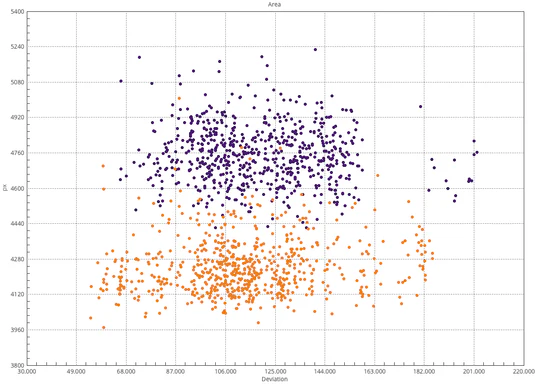
Biowell Saline Comparison
Water Sensor Testing confirms that there is a difference between normal saline solution and the bioenergetically infused saline solution in CALM.
Orange- Normal Saline Solution
Purple- CALM, Bioenergetic Formula
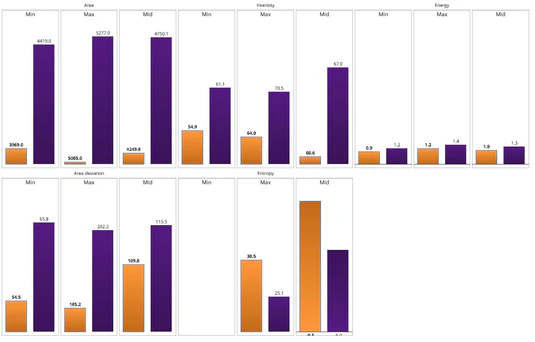
Findings of Saline Comparison
- Area Energy is Higher
- Intensity is Higher
- Area Deviation is Higher
- Entropy is lower, proving CALM is more coherent.
When interpreting results from a Biowell water sensor scan, you’re essentially looking at a series of biofield measurements that provide insight into the quality and properties of water based on the energy or electromagnetic fields it interacts with. Biowell sensors use a method called Gas Discharge Visualization (GDV), which captures the light emitted by the water’s interaction with a high-voltage electric field.
CODE Health Live Blood Microscopy Findings
Participant 1
Live Blood Microscopy Summary:
The baseline sample showed low red blood cell (RBC) count with clumping (rouleaux formation), indicating poor circulation, low oxygen delivery, and potential inflammation, which may contribute to fatigue and circulatory issues. After 30 minutes with CALM, the sample showed increased RBC count with better dispersion, suggesting improved blood flow, enhanced oxygenation, and reduced inflammation, supporting higher energy levels and better cardiovascular health.

Baseline
Participant 1
Low red blood cell (RBC) count with clumping (rouleaux formation).
(40x magnification)
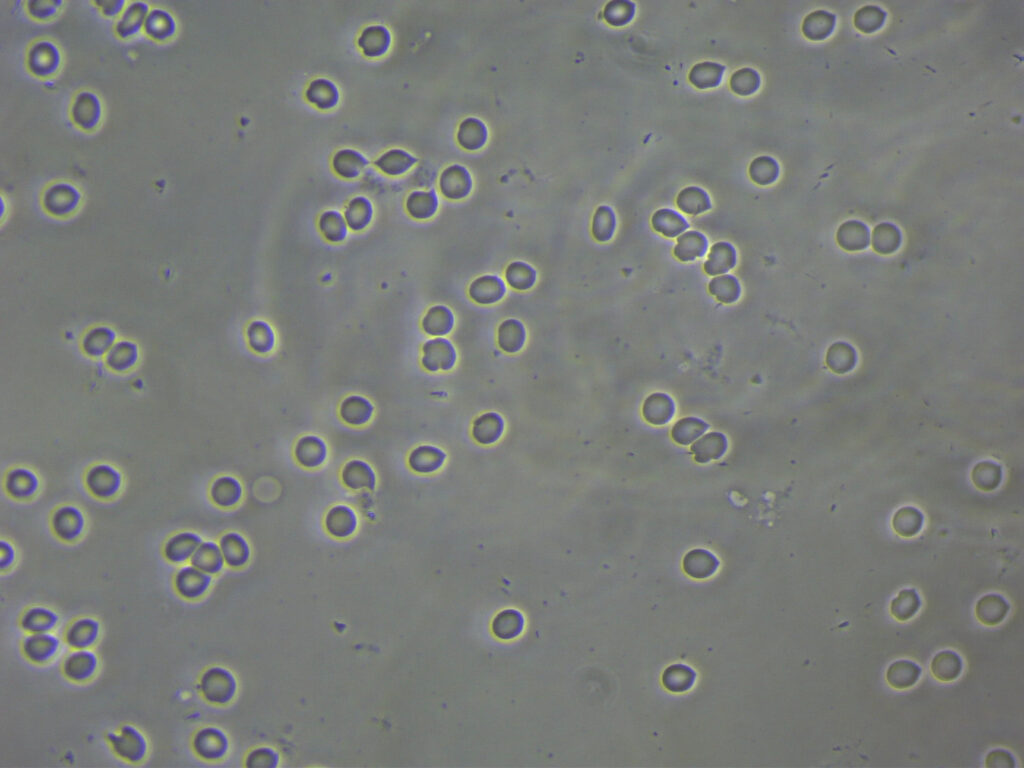
30min Post CALM
Participant 1
Displays Increased RBC count with better dispersion.
(40x magnification)


Baseline
Participant 2
High red blood cell (RBC) clumping.
(40x magnification)
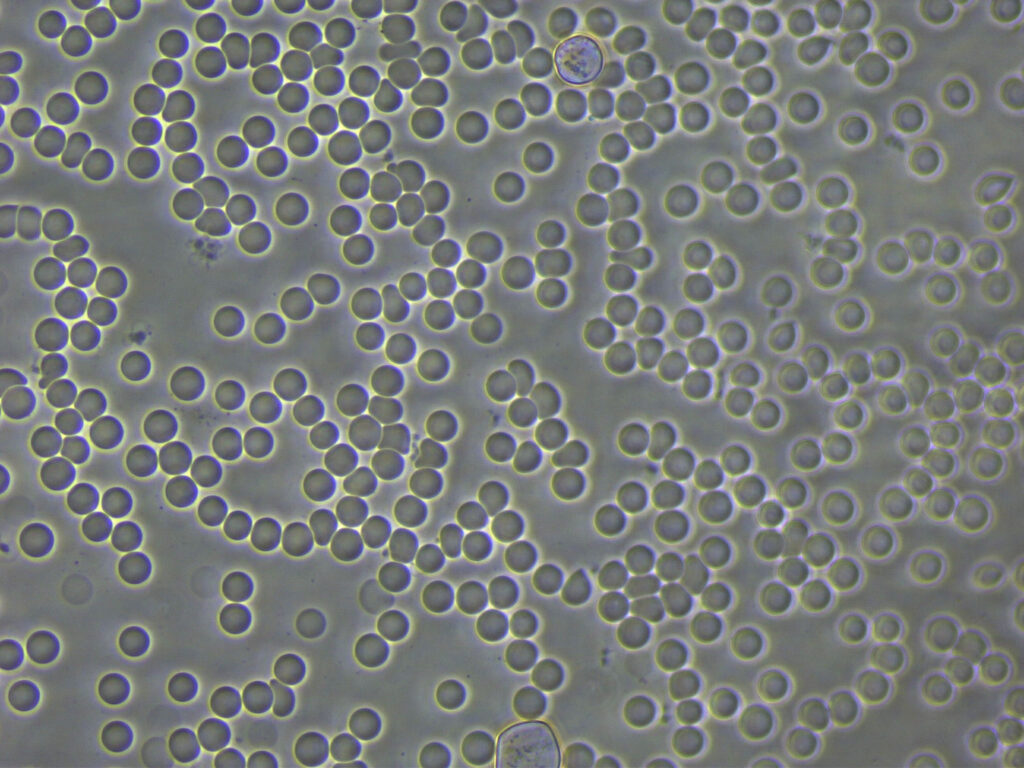
30min Post CALM
Participant 2
Significantly improved RBC separation.
(40x magnification)
Participant 2
Live Blood Microscopy Summary:
The baseline sample revealed high red blood cell (RBC) clumping, indicating poor circulation, low oxygen delivery, and potential inflammation, which may cause fatigue, brain fog, and increased cardiovascular risks. After the CALM intervention, the sample showed significantly improved RBC separation, suggesting better blood flow, enhanced oxygen transport, reduced inflammation, and support for detoxification, contributing to increased energy, mental clarity, and cardiovascular health.

Participant 3
Live Blood Microscopy Summary:
The baseline sample showed high red blood cell (RBC) aggregation, suggesting poor circulation, increased blood viscosity, and possible inflammation or nutritional deficiencies, which may cause fatigue, brain fog, and cardiovascular strain. The post CALM sample displayed improved RBC separation, indicating better circulation, enhanced oxygen transport, reduced inflammation, and stronger immune function, contributing to increased energy, mental clarity, and cardiovascular health.
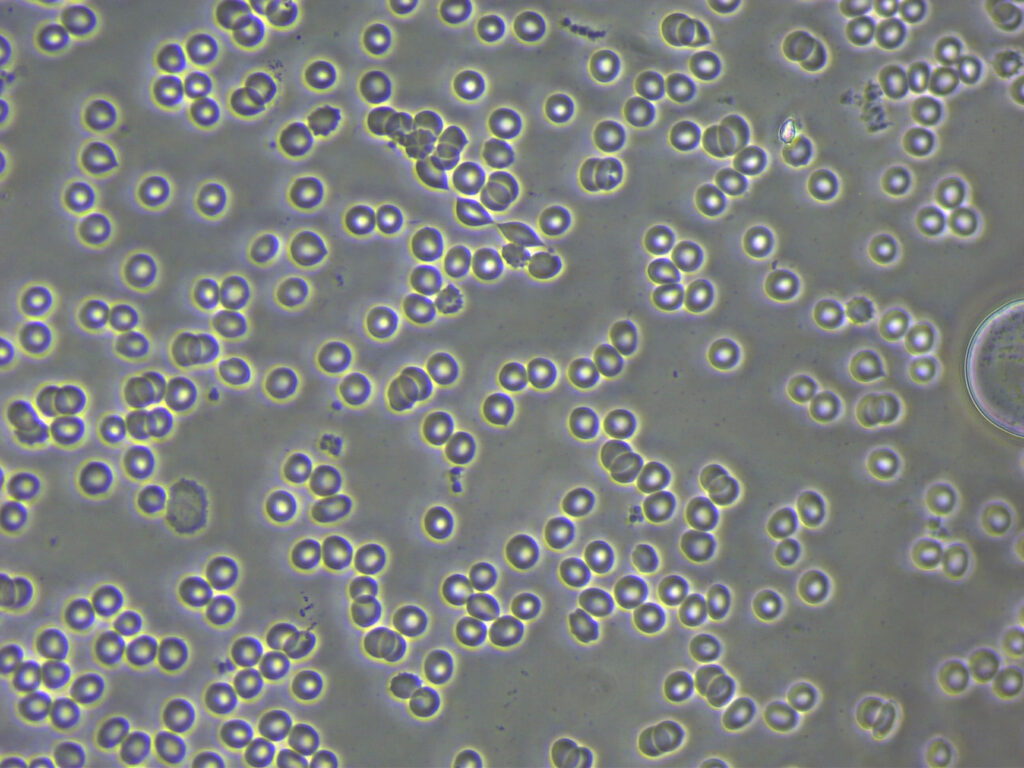
Baseline
Participant 3
High red blood cell (RBC) aggregation.
(40x magnification)
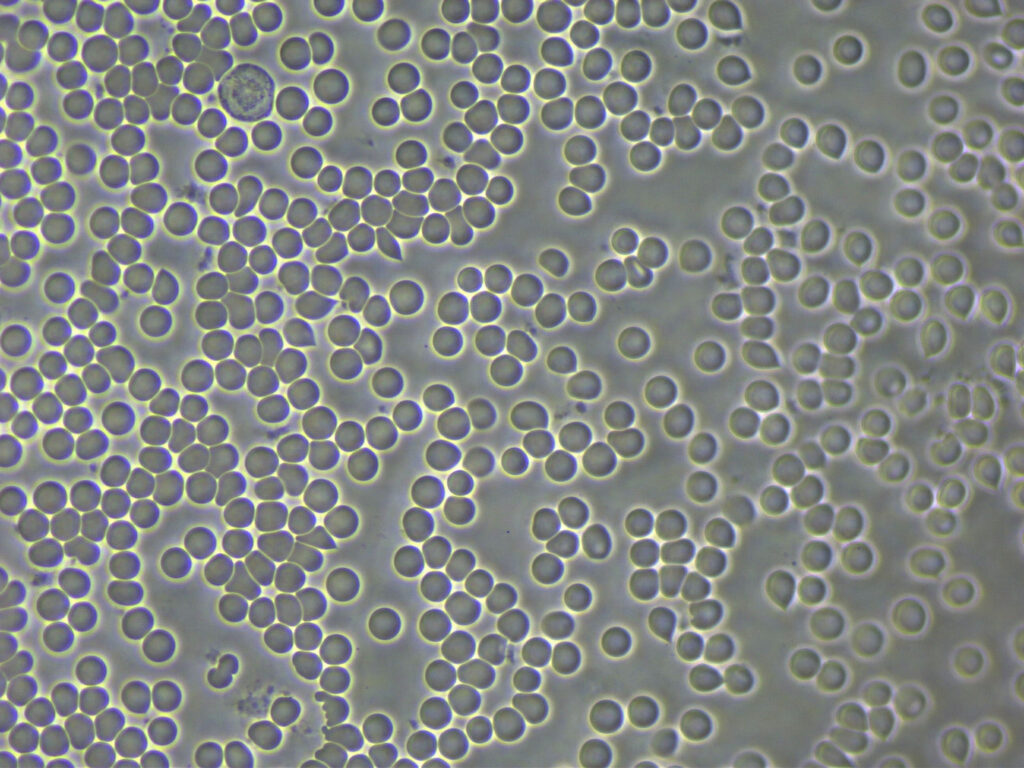
30min Post CALM
Participant 3
Displays Improved RBC separation.
(40x magnification)

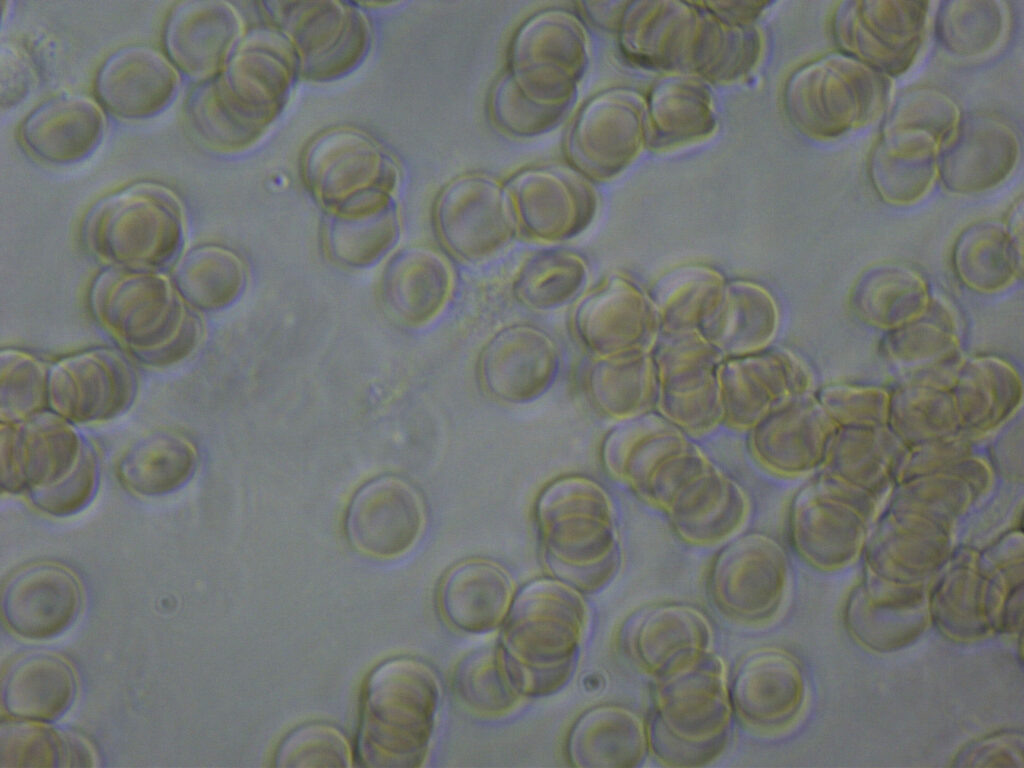
Baseline
Participant 4
Extreme red blood cell (RBC) aggregation
(100x magnification)
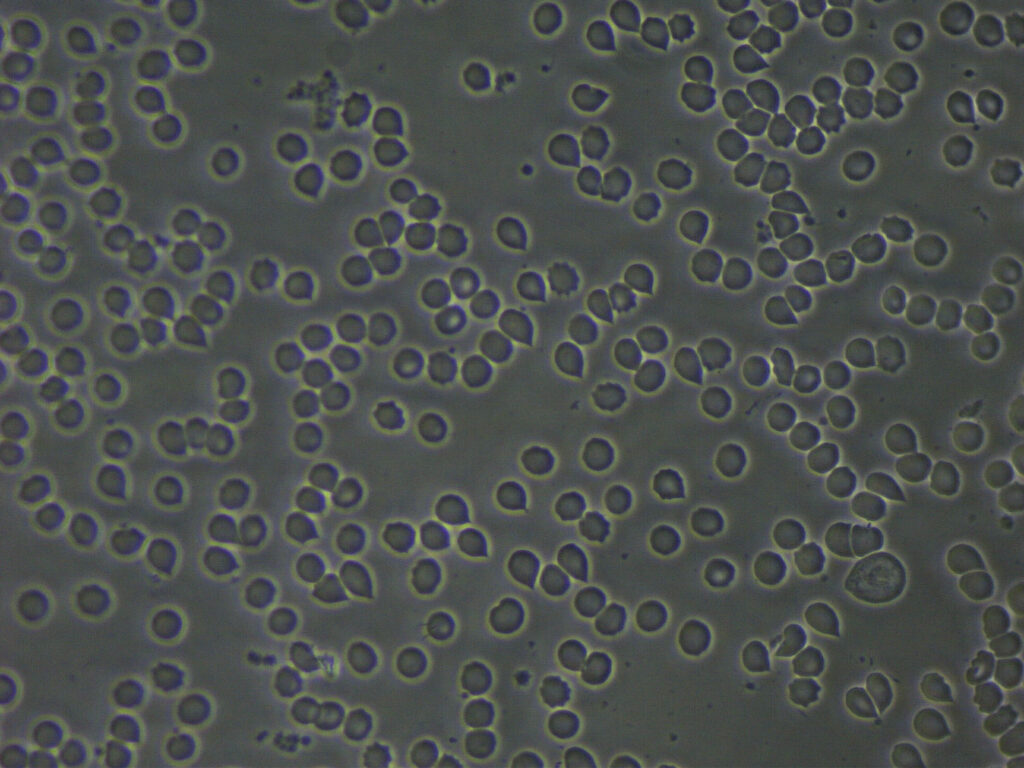
30min Post CALM
Participant 4
Increased RBC count and better separation
(40x magnification)
Participant 4
Live Blood Microscopy Summary:
The baseline blood sample shows significant red blood cell (RBC) clumping, known as rouleaux formation, which can indicate poor circulation, high blood viscosity, or inflammation. In contrast, the sample taken after administering CODE CALM displays more dispersed and well-separated RBCs, suggesting improved blood flow and reduced cellular aggregation. The cells also appear rounder and healthier, indicating better oxygen exchange and reduced oxidative stress. Overall, this comparison suggests that CODE CALM may promote healthier blood circulation and cellular function, even shortly after use.

